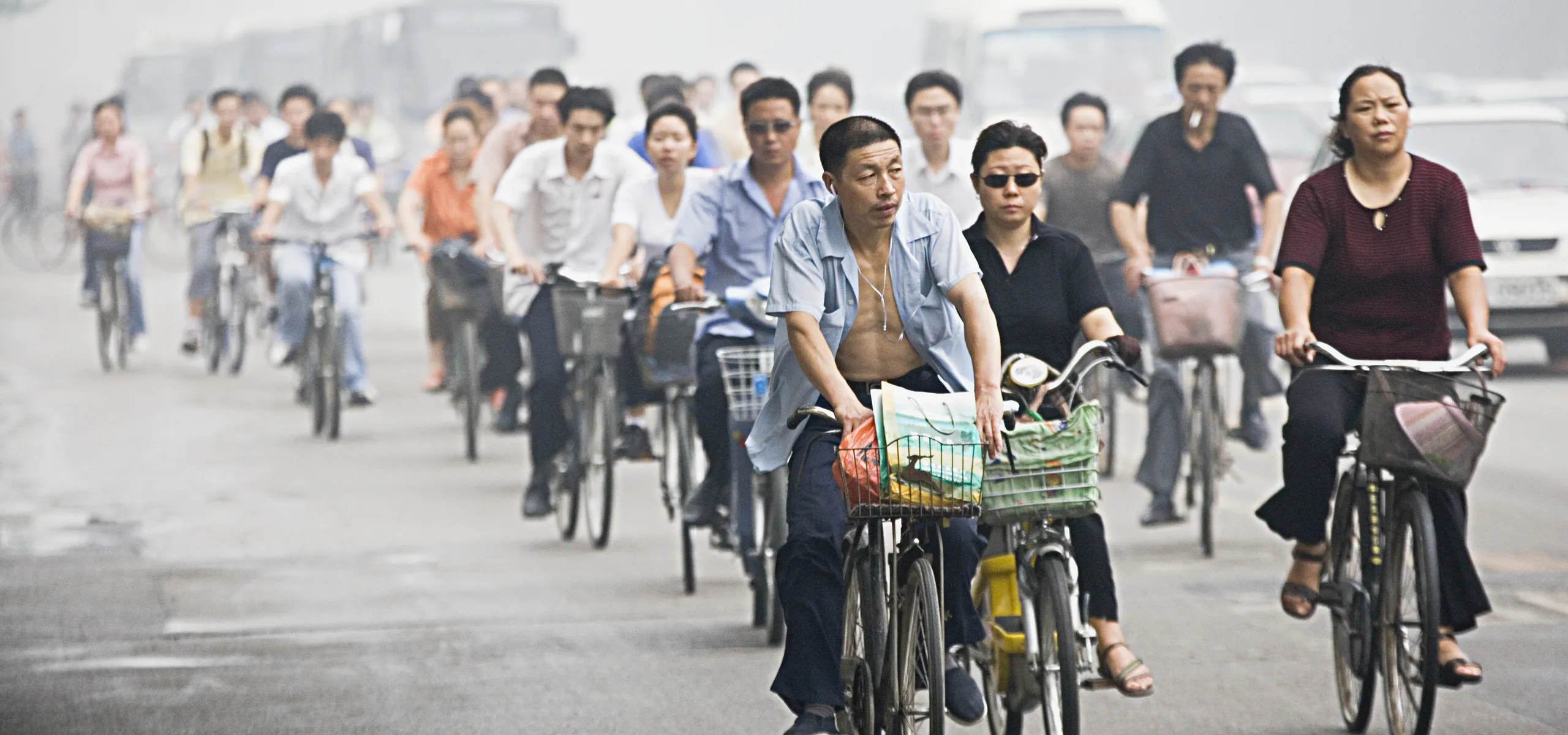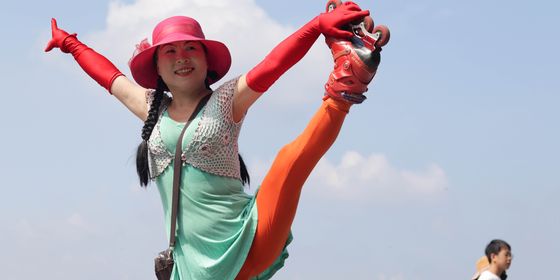The story of the two-wheeler’s rise and fall—and comeback—in the “Kingdom of Bicycles”
In a country where major coastal cities were once flooded by rivers of bikes, only a mere fraction of riders still weave through the streets on two wheels. Once upon a time, whole streets in China were ad hoc bike lanes. People rode on their “Flying Pigeons” as far as 10 kilometers a day, giving the country the nickname “Kingdom of Bicycles.”
For such a popular method of transportation, there is little consensus on exactly when and how bicycles came to China, and why it became so popular in the first place. According to Fred Strebeigh, a writer and professor at Yale University’s School of Forestry and Environmental Studies, one ought to trace the legacy of the two-wheeler in China by starting at its first given Chinese name, “foreign horse (洋马儿).”
While the first bicycles that appeared in China during the reign of the Guangxu Emperor of the Qing dynasty (the year is variously given as 1868, 1875, and 1886) were ridden by Westerners living in China’s foreign concessions, Strebeigh notes that peasants were the earliest fans of the newfangled vehicle due to the fact that they “carried most goods on their backs.” “Every peasant longed to shift his burden to the back of a foreign horse,” he wrote in Bicycling magazine in 1991.
Chinese first learned of bicycles from a diplomatic delegation led by Zhang Deyi (张德彝), who visited Europe in 1866 and discovered Parisians riding “velocipedes” made of “two wheels with a pipe in the middle.” At the time, it was still considered lowly for men of Chinese upper class society to seem like they put laborious effort into their commute, the bicycle did not catch on. Instead, these men reclined in sedan chairs or rickshaws as they made their way around the cities.
According to historian Amir Moghaddass Esfehani via The New York Times, “It was only after expatriate Americans and Europeans began cycling around Chinese cities that the fashion took off,” which was in the early 20th century. China finally began to import bicycles, but it was only the “nouveau riche, especially those who [had] gone abroad to study and had lived among bicycle-riding people,” who bought them, according to The Global Times.
China’s last emperor, Puyi, received a bicycle in 1922 as a wedding gift from his cousin, who was roundly told off by a courtier for giving such a dangerous item to the (now abdicated) Son of Heaven—but the 16-year-old emperor, who had a Western tutor, didn’t seem to mind, as proven by the surviving photographs of him and his empress Wanrong cycling around the Forbidden City.













